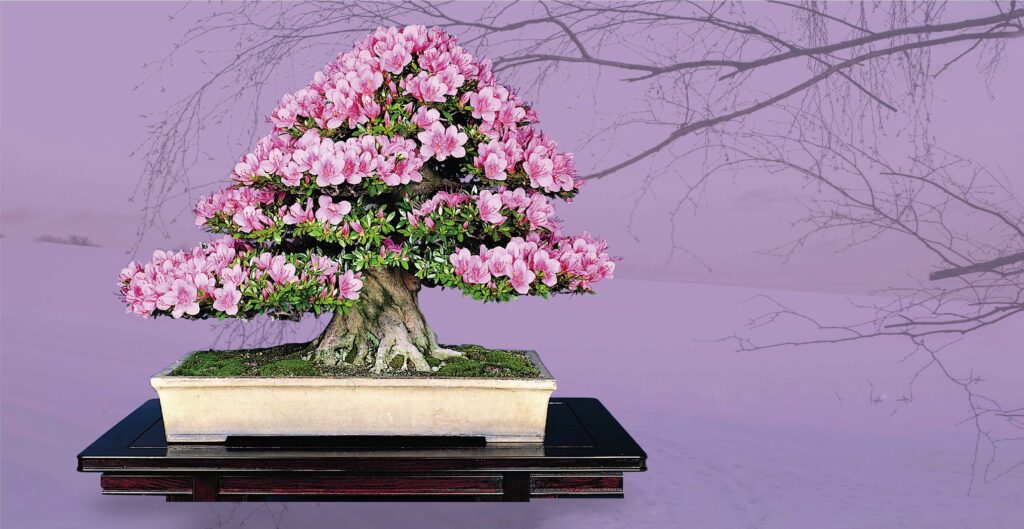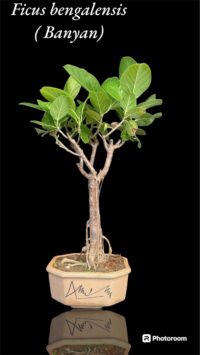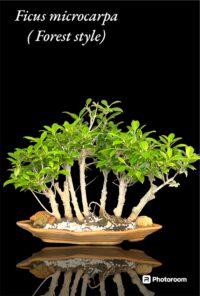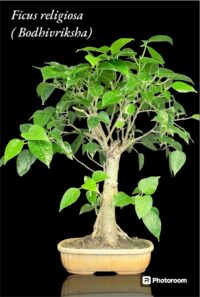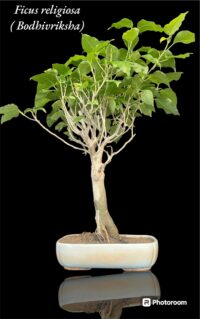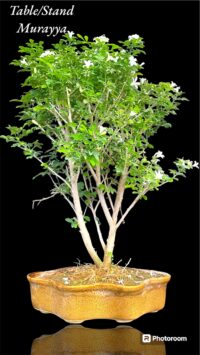Bonsai: Elevating the Interior Designer Homes
Introduction:-
As interior designer home, we are always looking for ways to elevate the homes of our clients. We want to create spaces that are not only beautiful but also unique and personalized. One way to achieve this is by incorporating bonsai trees into the interior design of a home. Bonsai trees are not only aesthetically pleasing, but they also have a calming effect on people and can improve the air quality of a space.
What is Bonsai?
Bonsai is a Japanese art form that has gained popularity in recent years as an indoor plant. The term “Bonsai” translates to “planted in a container” and refers to the cultivation of small trees and shrubs in containers. Bonsai trees are known for their beauty, elegance, and simplicity, and they have become a popular choice among interior designers to elevate the aesthetic appeal of homes. In this article, we will explore the many benefits of incorporating bonsai trees into interior designer homes, and how it can be used to create a beautiful and tranquil environment.
Benefits of Bonsai in Interior Designer Homes
Adding a bonsai tree to a room can bring many benefits to the space, viz.
- Firstly, bonsai trees are beautiful and can add an interesting focal point to a room. They come in a variety of shapes, sizes, and colors, so there is a bonsai tree for every design style.
- Secondly, bonsai trees have a calming effect on people. Research has shown that being around plants can reduce stress and anxiety levels, and bonsai trees are no exception.
- They can help create a peaceful and tranquil environment, which is perfect for a Interior designer homes.
- Bonsai trees can improve the air quality of a space. Bonsais absorb carbon dioxide and release oxygen, which builds the quality of air and create freshness in its ambiance. This is particularly useful in cities where air pollution can be an issue.
Bonsai as a Lifestyle Product for the Rich and effluents.
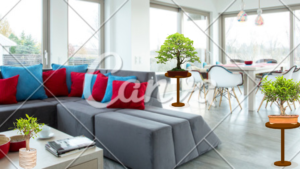
Over the years, bonsai has become more than just a hobby, it has become a lifestyle product for the rich and effluents and page 3 celebrates of the society.
Bonsai as a Status Symbol
Bonsai has evolved into a status symbol for the wealthy. It is a symbol of elegance, sophistication, and refinement. Owning a bonsai tree shows that you have a taste for art and culture. It also shows that you have the time and resources to care for a living work of art, as referred in below article of NY Times.
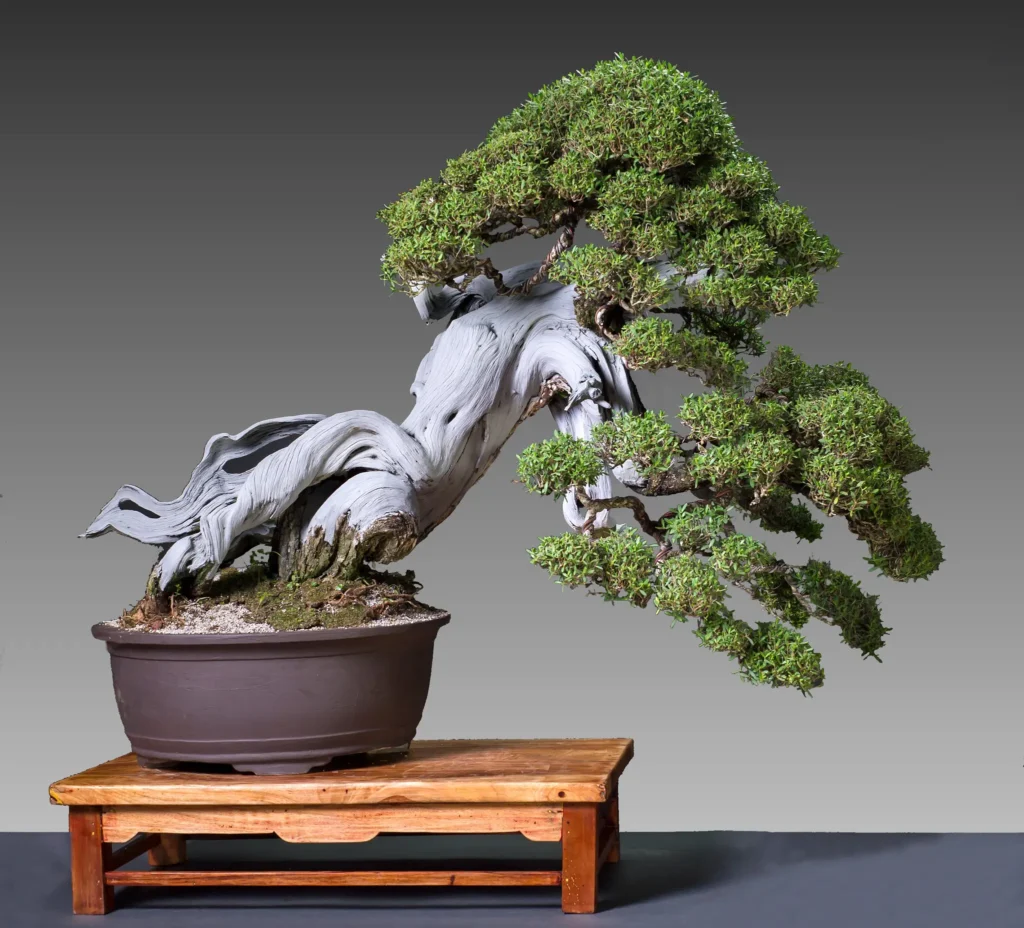
[A bantigue tree created by the Filipino bonsai artist Bernabe Millares.Credit…Courtesy of Susan Lee]
{Refer article if NY Times here.}
Bonsai Trees as Decorative Objects
Bonsai trees have been used as decorative objects in homes, offices, and public spaces. They add a touch of nature and beauty to any environment. The miniature size of the trees makes them perfect for small spaces, such as apartments and offices. The beauty of bonsai trees lies in their uniqueness and the fact that each tree is one-of-a-kind.
Wabi-Sabi: The Art of Imperfection
Wabi-sabi is a Japanese concept that embraces the beauty of imperfection and the transient nature of all things. The philosophy is rooted in the belief that beauty can be found in the imperfect, incomplete, and impermanent. It is a way of living that emphasizes simplicity, humility, and the appreciation of life’s imperfections.
Origins of Wabi-Sabi
Wabi-sabi originated in Japan during the 15th century as a reaction against the excesses of the time. The concept was born out of the Zen Buddhist philosophy and the tea ceremony. It was embraced by artists, poets, and philosophers who believed that beauty could be found in simplicity and imperfection.
Principles of Wabi-Sabi
The principles of wabi-sabi are based on simplicity, imperfection, and naturalness. The philosophy emphasizes the acceptance of the natural cycle of birth, growth, decay, and death. It celebrates the beauty of imperfection, asymmetry, and irregularity. It also values simplicity, austerity, and the appreciation of the mundane.
The concept of Wabi-Sabi in Art and Design and interior designer homes
Wabi-sabi has influenced art and design for centuries. It has inspired the creation of pottery, textiles, architecture, and furniture that embrace the beauty of imperfection. The philosophy has also influenced modern design, with many designers using the principles of wabi-sabi to create products that are simple, elegant, and functional.
Wabi-Sabi in Everyday Life
Wabi-sabi is not just a concept for artists and designers, it is a way of life. It encourages us to appreciate the beauty in everyday objects, such as a well-worn piece of clothing or a weathered piece of furniture. It also teaches us to embrace the imperfections of life, such as the wrinkles on our faces or the scars on our bodies.
“Luxury is when it seems flawless, when you reach the right balance between all elements. Understated theatricality – that is what my luxury is all about.”
– Jean-Louis Deniot

Featured Plants
Elevate your lifestyle
Our Motto
What you see is what you get
Delivery
Personalised delivery at door step
Mission
Creating green spaces
Interior Designer Homes,
Trends
: Latest Terms and Concepts in Interior designer Homes
Interior designer homes is an ever-evolving industry that sees new trends and concepts emerge every year. Keeping up with the latest terms used in interior design can help you stay ahead of the curve and create a stylish and modern home. Here are some of the latest terms used in interior design for homes:
Biophilic Design: Biophilic design is the concept of incorporating nature into interior design. This can be done by using natural materials, such as wood or stone, or by adding greenery or water features to a space. Biophilic design has been shown to reduce stress, improve mood, and increase productivity.
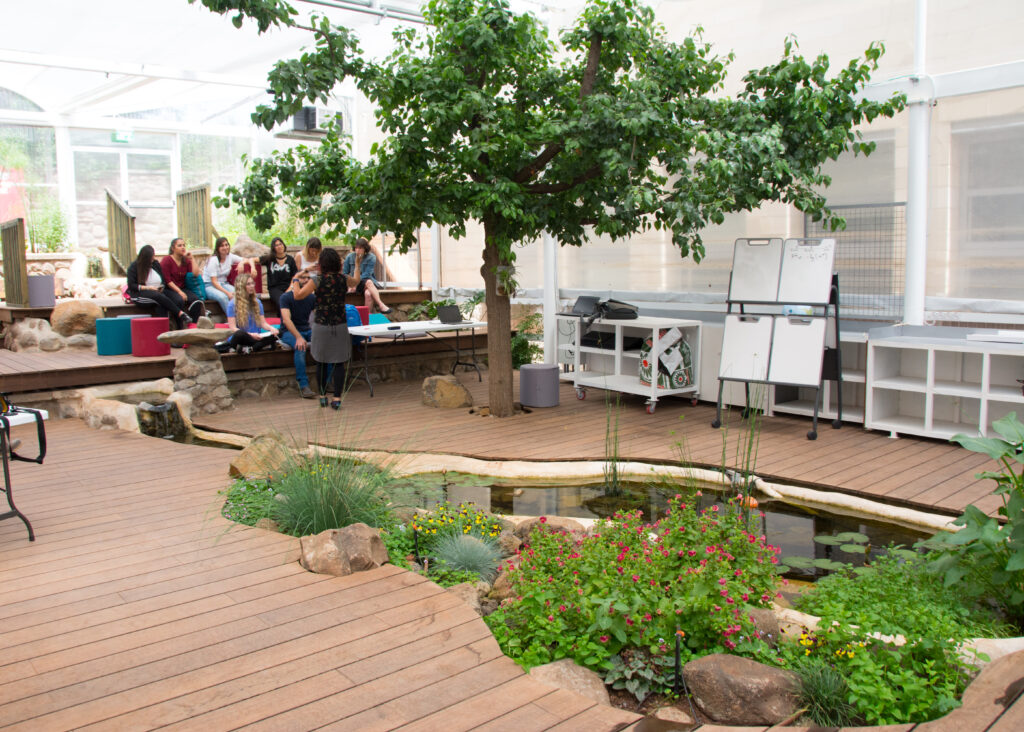
2. Japandi Style: Japandi style is a fusion of Japanese and Scandinavian design. It combines the minimalist aesthetic of Scandinavian design with the functional and natural elements of Japanese design. Japandi style is characterized by clean lines, neutral colors, and natural materials.
Maximalism: Maximalism is the opposite of minimalism, and it is all about embracing bold colors, patterns, and textures. It is about creating a space that is vibrant and full of life. Maximalism is not for the faint of heart, but it can add a lot of personality and character to a home.
Earth Tones: Earth tones are becoming increasingly popular in interior design. These colors are inspired by nature and include shades of brown, green, and blue. Earth tones create a calming and soothing atmosphere, and they can be used to create a warm and inviting home.
Sustainable Design: Sustainable design is a concept that is becoming more and more important in interior design. It involves using environmentally friendly materials and practices to create a home that is both stylish and sustainable. This can include using recycled materials, reducing waste, and using energy-efficient appliances.
Grandmillennial Style: Grandmillennial style is all about embracing traditional design elements and giving them a modern twist. It is characterized by the use of antique furniture, vintage fabrics, and traditional patterns. Grandmillennial style is perfect for those who love a classic look with a modern edge.
These are just a few of the latest terms and concepts used in interior design for homes. Whether you prefer a minimalist or maximalist style, there is a trend out there that can help you create the home of your dreams. Keeping up with the latest trends in interior design can help you stay on-trend and create a space that is stylish, comfortable, and inviting. All the trends discussed below are heavily dependent on earth or natural pointers. This is an excellent opportunity to start introducing Bonsai concept to your clients. An make a niche in your professional circle. Be different, think nature and give your home a bliss of nature.
{The information provided is based on current interior design trends and concepts in the industry. It is important to note that the article is not based on a specific source but rather a compilation of information from various sources on the latest terms and concepts used in interior designer homes.}
The Bonsais are being the object of Indian Mythology and Feng-shui had been integral part of many famous personalities of past and present.
The mere presence of Bonsai trees of Bodhi, Bargad, Pilkhan, Kalpvriksha, Ficus brings peace and calmness to the environment around the possessor. The aura of such trees is believed to negate vastu doshas and bring prosperity in the Interior Designer Homes.
